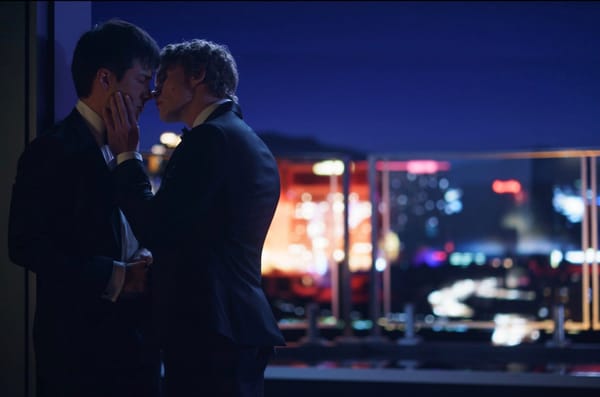Avatar: The Last Airbender: "Chapter One: The Boy in the Iceberg" and "Chapter Two: The Avatar Returns"
An ambitious series begins with immediately winning characters and lots of bathroom humor
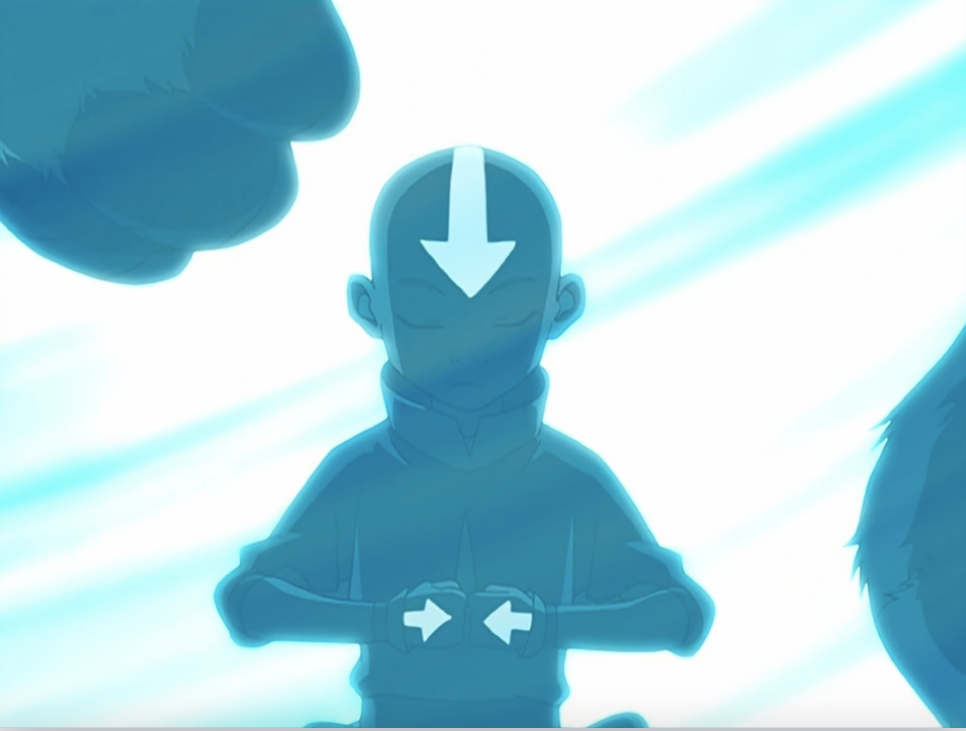
(Hey, all! This is the first installment of my weekly recaps of Avatar: The Last Airbender, the Nickelodeon animated series that ran from 2005 to 2008 to much critical acclaim. I’ve never seen it! This first article is free to all subscribers, but subsequent coverage will only be available to paying subscribers.)
“Chapter One: The Boy in the Iceberg”/“Chapter Two: The Avatar Returns” (season 1, episodes 1 and 2, originally aired February 21, 2005)

Here’s a dirty secret: I don’t really like TV cartoons aimed at kids.
Sure, every once in a while, an Adventure Time or a Hilda piques my interest, and I adore any number of animated films. But I can’t even tell you how many times I’ve tried to watch Steven Universe before bailing several episodes in. I even tried hopping to when it “got good,” as per my friends. It just didn’t work.
I’ve tried to pin down what it is that I don’t like about these shows, compared to series like Adventure Time or Hilda. The best I’ve been able to come up with is that they’re a little too loud and a little too frantic. They’re so terrified that I might tune out for even a second that they keep throwing stuff at me in a bid to keep my attention. That makes sense to do on a kids show, because kids have notoriously short attention spans. But I tend to like stuff that offers a little space for its emotional beats, purely as a personal preference.
So when I started up Avatar: The Last Airbender and found that the first two episodes were exactly in the “loud and frantic” wheelhouse, I groaned inwardly. People being poked makes a “poing” noise, and our characters frequently talk at a decibel level well beyond anything normal. There are a fair number of gags involving bathroom humor, and a fight sequence that ends the second episode is spatially a mess. You can more or less follow the action, but the geography of the fight becomes harder and harder to track. (Surprisingly, the episode is directed by Dave Filoni, now of The Mandalorian, and he’s usually a lot better at this stuff.)
Yet by the time I reached the end of “The Avatar Returns” — the second part of, effectively, a two-episode premiere — I was more or less in on what Avatar was selling. I’ve been warned by plenty of people that this first season is going to try my patience, given the reticence expressed above, but I think I can power through the rough spots, because what’s engaging about the show is already so engaging.
My enjoyment begins with the characters, who are almost all terrific right off the bat. It’s monstrously hard to define a single character’s goals, drives, and ambitions in 45-ish minutes of television, much less the four whole characters Avatar sketches in. What’s more, I’m at least nominally interested in all of them, which is truly impressive. And that’s before I get to Appa, my giant floaty friend, whom I wish to hug.
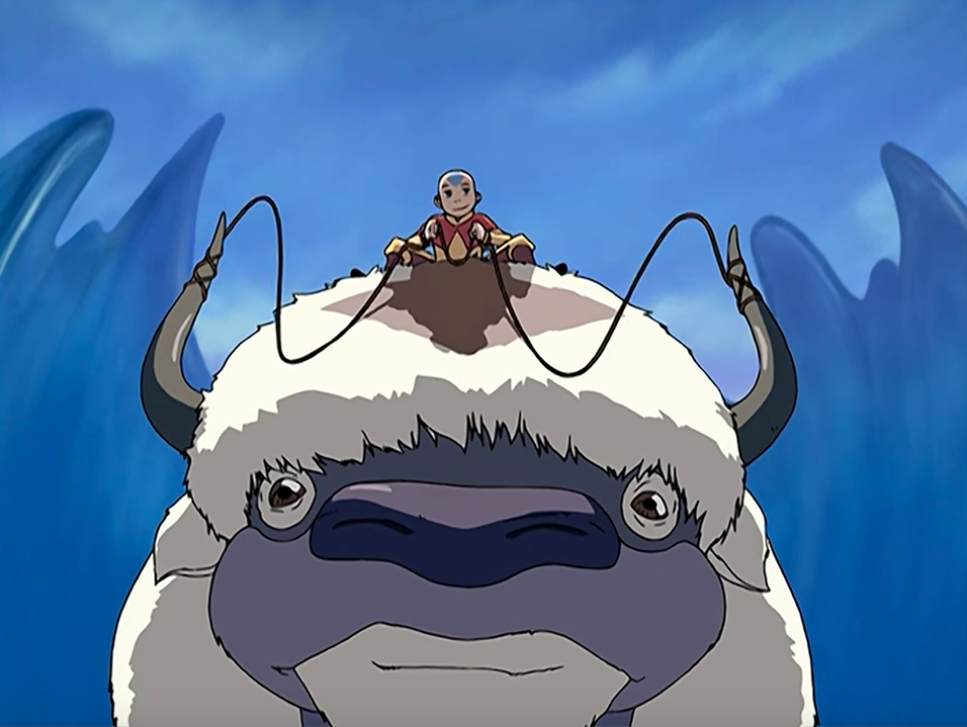
In case you were unaware, Avatar takes place in what appears to be an alternate Earth, with roughly 19th century levels of technology. The world is in desperate straits, due to the rise of the Fire Nation, a vaguely fascist organization (so far as I can tell) that has access to what are, more or less, giant battleships, which loom over everything around them with an impressive sense of scale. Long ago, an Avatar who might have saved the world and stopped Fire Nation lived, but he’s long since disappeared.
The Avatar world features magic powers based around the four classical elements — air, earth, fire, and water. Aang, who is (spoilers) (not really) the latest incarnation of the Avatar is (you guessed it!) the last airbender, while his new friend Katara is a waterbender in training. Practically speaking, this just means that the two can, ahem, bend the element to their needs.
The show demonstrates this almost immediately by contrasting Katara capturing a fish in a pocket of water and levitating it into the boat her brother, Sokka, is paddling, while Sokka looks to catch a fish the old fashioned way, with a spear. Sokka pops the water pocket, the fish flies away, and Sokka gets soaked. It’s a wonderfully economic bit of storytelling. Once these 30 seconds or so are done, we have a pretty good sense of the Katara/Sokka relationship, the magic powers of this world, and the rough level of technology.
It’s also notable that writers and creators Michael Dante DiMartino and Bryan Konietzko start their story (after a brief prologue about the history of the show’s world) not with Aang in his iceberg but with Katara and Sokka in their boat. Sure, Katara has powers, and yes, I’m sure those powers will develop throughout the series. But both of these kids are recognizable as kids and (maybe even more importantly) as siblings. The rivalry and affection between the two rings true to the brother/sister dynamic from the get-go.
Aang is the character in the title, but Katara and Sokka, at least for now, are our point-of-view characters. It’s extremely rare for the show to spend time with Aang without one of the two siblings, and the handful of times it does, antagonistic Zuko of Fire Nation (another point-of-view character throughout) is there, usually battling Aang. The story is about Aang and how his arrival drives the story forward — if only because he knows more about the show’s world than Sokka or Katara do (though he’s been in the ice so long that he doesn’t know about the war). But the show doesn’t follow him. It follows the people around him, who try to keep up with his antics and/or his example, given the scene.
A long time ago in this very newsletter, I wrote about the show of “moral instruction,” by which I mean a series that is meant to impart a particular moral message to viewers at the end of an episode. Avatar isn’t really doing that, at least not yet. But its use of Aang throughout this episode roughly intersects with a different form of storytelling as moral instruction: a story that follows a heroic character via the other people who see that character’s exploits.
The most famous stories of this form tend to be Superman stories, where assorted characters on the ground or the characters Superman saves watch the superhero’s exploits, then invite the audience to marvel at those exploits as well. A notable example of this comes in Grant Morrison and Frank Quitely’s All-Star Superman (my favorite Superman comic ever published). Superman comes across a young teenager who is on the brink of dying by suicide, then offers some kind words and a big hug. The point-of-view here is not with Superman. It’s with the teen. That alters how we think about the hero, because we are encouraged to think of times we have been so in despair and imagine how we might have liked to be comforted, subtly inviting us to pass that feeling along when we meet someone in need.
I don’t know that the characters in Avatar learn much from Aang in ways that we are meant to understand as moral instruction just yet. I guess we could argue that the way he stands up to Fire Nation is meant to be a good thing in and of itself, and, hey, kids should always learn about standing up to tyranny. But already, DiMartino and Konietzko depict Zuko not as a megalomaniac, which would be too easy, but rather as a scared kid who doesn’t quite know what he’s doing or why his quest keeps drawing him toward world domination. So it’s not clear what “lesson,” if any, we’re meant to take from this.
And yet the story is structured that way all the same, which suggests to me that we’re in for a series where the morals are rarely simple but always present. Aang can only lead by example if we’re willing to let him set one. I have never seen this series before, so I can’t say if what I’m tracking on here is what’s going to happen, but I’m interested to see the series setting up the character in this fashion already.
But Aang isn’t even my favorite character, not by a long shot. Let’s talk about Katara!
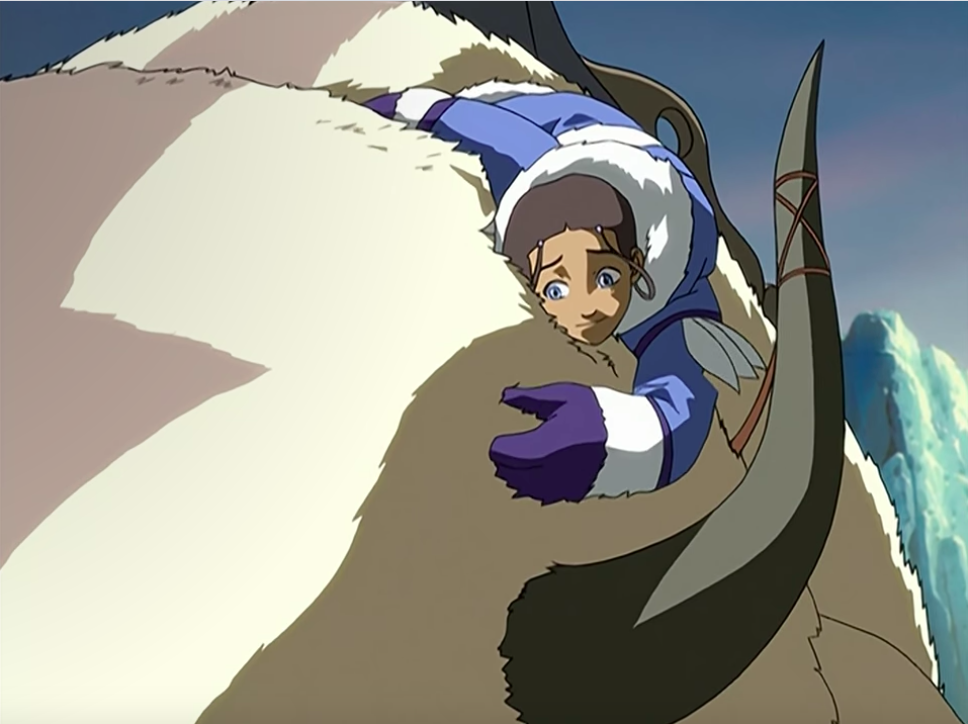
Setting up Avatar as a brother/sister story is a canny move on the part of the creators, because the Nickelodeon audience presumably had way more in common with Sokka and Katara this early in the show’s run. What I’m even more impressed by is how both characters play into archetypes so primal within kids entertainment that they could have felt boring and trope-y, but they never do. Sokka is the boy getting older, anxious about that aging and concerned about his place in a world full of magic and wonder, who nevertheless has a heart of gold. (The “Xander,” in other words.) Katara is the girl who possesses immense power but lives in a world that doesn’t teach her how to refine it, leaving her uncertain of how to get any better. (The “Willow,” in other words.) Their relationship powers most of these episodes’ best scenes.
But, to be more specific, Katara powers most of the best scenes.
I have been watching this series with my friend, Cassie, who is a huge fan of the show (and laid out how many episodes I will be watching per week, so as to blitz through the sections of the series that are more kid-targeted), and when Katara floated a little fish around in a bubble for a hot second, I said, “I love her.” At this point, Cassie informed me that if I already love Katara, I have so much to look forward to.
This affection isn’t even about me liking “the girl,” not really. It’s about the way that Katara’s quest — save her home, learn more about her world, keep her bond with Sokka tight — closely parallels what the viewer is most interested in, namely the dramatic stakes, the back story, and the character relationships. As the cherry on top, she’s a waterbender without a trainer, a character who has a lot of raw talent just waiting to be channeled into the right form. (Is it any wonder trans ladies love this character so?) And as the cherry on top of the cherry, she’s voiced by all-around TV superstar Mae Whitman. What’s not to love?
I’m not head over heels for Avatar just yet, and I know there will be some rough sledding ahead. But these first two episodes make so many significant and smart choices when it comes to telling their story that I have a feeling I’ll adore this show in the end. First, though, we have to get through some stuff I might complain about.
Other thoughts I thought:
- I am reliably informed that the animals in Avatar world are blends of other animals, which means there are, like, kitty seals and stuff. When I said, “Like the Wuzzles??” to Cassie, she had no idea what I was talking about, because she’s relatively uncultured.
- As mentioned somewhere above, I found the final battle between Aang and Zuko a little hard to follow. By this I don’t mean the actual plot beats of the fight, which were mostly coherent. No, I’m more concerned with the geography of the battle. Filoni keeps moving the “camera” around the room to follow the action, but in the standard 4:3 aspect ratio common to standard-definition televisions, there’s no clear motivation for the camera’s movement much of the time. It just follows the central action of the moment, more or less, instead of feeling like the motion of the sequence motivates the camera to move. It feels like we’re watching something that was in widescreen, then awkwardly pan-and-scanned for TV. For all I know, that’s what happened.
- On the other hand, I enjoy the way Filoni sets up Sokka’s suspicion of Aang and Katara’s embrace of Aang visually. This pan, for instance, simultaneously shows you just how small Sokka and Katara’s village is but also that they’re all allied with Sokka (at least nominally) for now.
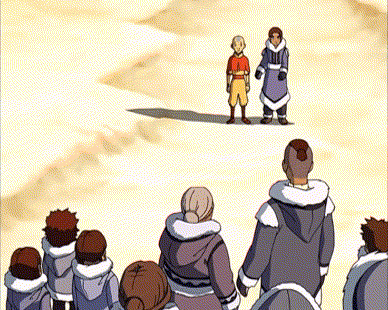
Why won’t they just listen to Katara???? (Credit: Nickelodeon)
Next time: We’re going to watch four episodes (from “Chapter Three: The Southern Air Temple” through “Chapter Six: Imprisoned”) and probably talk more about how I hate fun! See you then! If you want to read it, you’ll have to subscribe!


